Home>Garden Essentials>What Herbicides Should Be Used To Control Turf Grass Weeds?
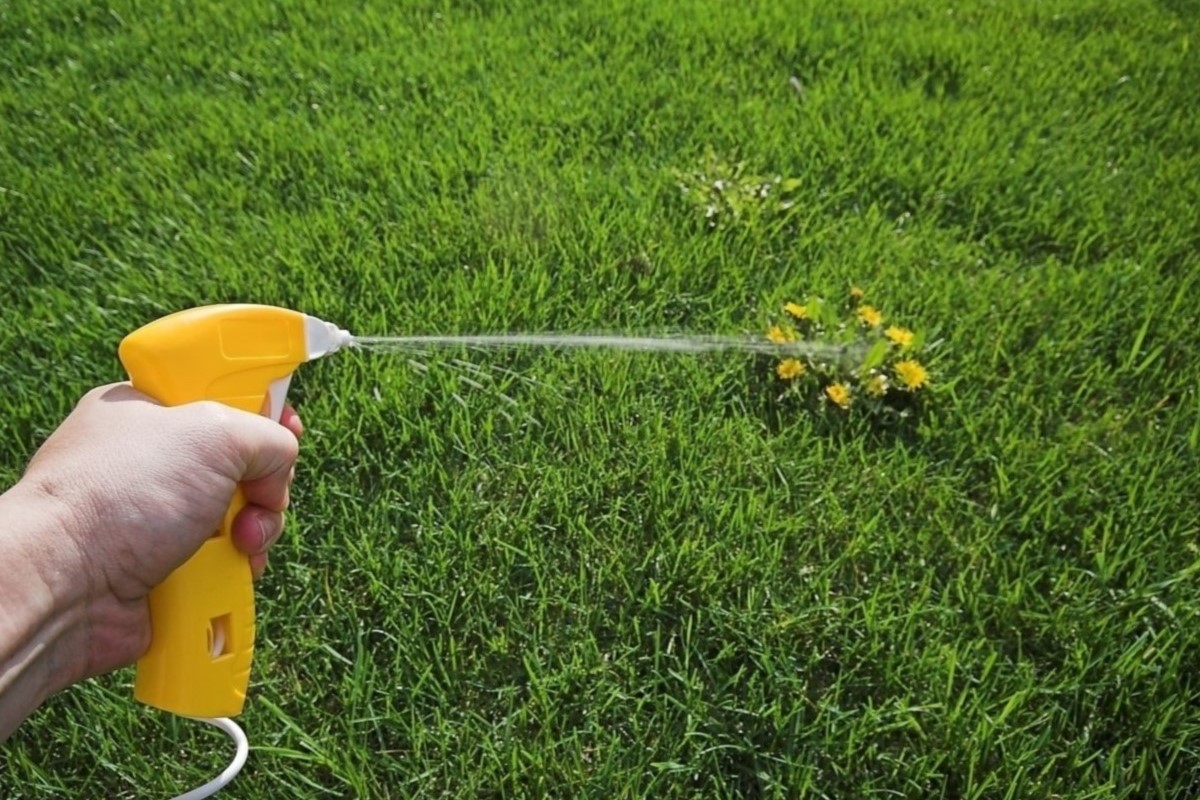

Garden Essentials
What Herbicides Should Be Used To Control Turf Grass Weeds?
Modified: August 16, 2024
Looking for effective herbicides to control turf grass weeds in your garden? Find out the top recommendations and strategies to achieve a weed-free lawn!
(Many of the links in this article redirect to a specific reviewed product. Your purchase of these products through affiliate links helps to generate commission for Storables.com, at no extra cost. Learn more)
Introduction
Welcome to the world of turf grass weed control! If you’re a gardening enthusiast or a professional landscaper, you’re likely familiar with the persistent challenge of dealing with weeds in your turf grass. Weeds not only ruin the appearance of your lawn, but they also compete with your turf grass for vital nutrients and water, hindering its growth and overall health.
The good news is that there are effective herbicides available to help eliminate these unsightly invaders and restore the beauty of your lawn. However, choosing the right herbicides for turf grass weed control can be a daunting task, especially with the wide variety of products available on the market. In this article, we’ll guide you through the selection process, provide insights on specific herbicides for different types of weeds, and share best practices for successful weed control in your turf grass.
Before diving into the specifics, it’s important to note that while herbicides can be highly effective, they should be used judiciously and in accordance with product instructions. It’s also essential to take precautionary measures to protect non-target plants, as some herbicides can harm desirable vegetation if not applied correctly.
Now let’s explore the world of turf grass weed control and uncover the herbicides that will help you achieve a weed-free and vibrant lawn!
Key Takeaways:
- Choose the right herbicides based on the type of weeds and turf grass you have to effectively control turf grass weeds and restore the beauty of your lawn.
- Follow best practices for herbicide application, including proper timing, careful application, and integrated weed management, to achieve a healthy and weed-free turf grass environment.
Read more: When To Use Weed And Feed For Grass
Selecting the Right Herbicides for Turf Grass Weed Control
When it comes to selecting herbicides for turf grass weed control, it’s important to consider various factors such as the type of weeds present, the stage of weed growth, and the type of turf grass you have. Different herbicides are designed to target specific types of weeds, so it’s essential to choose the right ones to effectively combat the problem.
One common type of herbicide used in turf grass weed control is pre-emergent herbicides. These are applied before weed seeds germinate, forming a barrier that prevents weed growth. Pre-emergent herbicides are effective in controlling annual weeds like crabgrass and foxtail. It’s important to apply them at the right time, usually in early spring before the weeds emerge. Be sure to follow the product instructions for proper application and timing.
Post-emergent herbicides, on the other hand, are applied after weed growth. They are designed to target existing weeds, whether they are broadleaf weeds like dandelions and clover, or grassy weeds such as tall fescue or Bermuda grass. Post-emergent herbicides can be selective or non-selective. Selective herbicides are formulated to target specific types of weeds while minimizing harm to desirable turf grass. Non-selective herbicides, on the other hand, will kill any vegetation they come into contact with, so they should be used with caution around desirable plants.
It’s crucial to identify the specific weeds in your turf grass before choosing a herbicide. Different weeds may require different active ingredients to effectively control them. Consult with a local garden center or landscaping professional to help you identify the weeds and select the right herbicides for your specific situation.
In addition to considering the type of weed, you should also take into account the type of turf grass you have. Some herbicides may be more effective or safer to use on certain types of turf grass than others. For example, broadleaf herbicides may harm certain types of grasses like St. Augustine or Bentgrass. Always read the label and select herbicides that are appropriate for your turf grass species to avoid damaging your lawn.
Remember, when choosing herbicides for turf grass weed control, it’s crucial to strike a balance between effectiveness and safety for your lawn. Consider factors such as weed type, growth stage, turf grass species, and follow application instructions carefully to maximize results and minimize damage. With the right herbicides and proper application techniques, you’ll be able to reclaim your lawn from the grasp of weeds and enjoy a lush and healthy turf grass.
Pre-Emergent Herbicides
Pre-emergent herbicides are a valuable tool in preventing the germination and growth of weeds in your turf grass. These herbicides form a barrier in the soil that inhibits weed seed germination, effectively stopping them from sprouting and becoming a nuisance in your lawn.
When using pre-emergent herbicides, timing is crucial. It’s important to apply the herbicide before weed seeds begin to germinate. The ideal time to apply pre-emergent herbicides is typically in early spring, just before the soil temperature reaches the threshold for weed seed germination. Timing may vary depending on your region and the specific weeds you are targeting, so be sure to consult local gardening resources or professionals for guidance.
Pre-emergent herbicides are particularly effective against annual grassy weeds like crabgrass, foxtail, and annual bluegrass. These weeds are notorious for sprouting from seeds that overwinter in the soil. By applying a pre-emergent herbicide before their germination period, you can prevent them from taking root and invading your lawn.
There are different types of pre-emergent herbicides available, so it’s important to select the one that targets the specific weeds you are dealing with. Some common active ingredients found in pre-emergent herbicides include prodiamine, pendimethalin, and dithiopyr. These herbicides work by inhibiting cell division in weed seedlings, preventing them from establishing roots and ultimately killing them.
When applying pre-emergent herbicides, it’s essential to follow the product instructions carefully. Apply the herbicide evenly over the designated area, ensuring thorough coverage. Watering the treated area after application helps activate the herbicide and distribute it in the soil. However, be cautious not to overwater, as excessive irrigation may wash away the herbicide before it can take effect.
It’s important to remember that pre-emergent herbicides only target weed seeds that have not yet germinated. They will not control weeds that have already emerged or established themselves in your lawn. For those, you will need to consider post-emergent herbicides which will be discussed later in this article.
Utilizing pre-emergent herbicides as part of your turf grass weed control strategy can significantly reduce the infestation of annual grassy weeds in your lawn. By preventing their germination, you’ll be able to maintain a healthier and weed-free turf grass throughout the growing season.
Post-Emergent Herbicides
When weeds have already emerged in your turf grass, post-emergent herbicides become an essential tool in controlling and eliminating these unwanted invaders. Unlike pre-emergent herbicides that prevent weed seeds from germinating, post-emergent herbicides target and kill existing weeds that have already sprouted and started to grow.
Post-emergent herbicides can be classified as either selective or non-selective. Selective herbicides are formulated to target specific types of weeds while minimizing harm to desirable turf grass. They are a popular choice for controlling broadleaf weeds such as dandelions, clover, and chickweed. Selective herbicides work by targeting certain enzymes or hormone receptors specific to the weed, causing damage and eventual death.
Non-selective herbicides, on the other hand, are not specific to certain weed types and will kill any vegetation they come into contact with. These herbicides are useful for controlling both broadleaf weeds and grassy weeds in areas where you don’t want any plant growth. However, they should be used with caution as they can harm desirable plants if not applied carefully.
When applying post-emergent herbicides, it’s crucial to identify the specific weeds in your lawn. Different herbicides are formulated to target different weed species. Broadleaf herbicides, for example, are effective against broadleaf weeds, while grass-selective herbicides target grassy weeds like Bermuda grass or tall fescue. Always consult product labels or seek advice from professionals to ensure you choose the appropriate herbicide for the weeds you’re dealing with.
In addition to selecting the right herbicide, proper application is key to successful weed control with post-emergent herbicides. Follow the product instructions carefully, paying attention to the recommended application rates, timing, and any necessary safety precautions. Most post-emergent herbicides are applied as sprays, which should be evenly distributed over the weed foliage. Ensure thorough coverage to maximize their effectiveness.
Timing is also important when using post-emergent herbicides. Applying them when the weeds are young and actively growing will yield better results. The herbicides are more likely to be absorbed by the weed’s foliage, allowing the active ingredients to reach the root system and effectively kill the weed.
It’s important to note that some post-emergent herbicides may require multiple applications for complete weed control, especially for more established or resilient weeds. Follow the product instructions regarding repeat applications to ensure effective and long-lasting results.
By incorporating post-emergent herbicides into your turf grass weed control program, you can effectively target and eliminate existing weeds, helping restore the beauty and health of your lawn. Remember to select the appropriate herbicide for the specific weed types you’re dealing with and follow proper application techniques for optimal results.
When choosing herbicides to control turf grass weeds, consider using selective herbicides that target specific weed types without harming the surrounding turf grass. Always read and follow the label instructions for proper application and safety precautions.
Selective Herbicides for Specific Turf Grass Weeds
When it comes to controlling turf grass weeds, selecting the right herbicide is crucial. Selective herbicides are designed to target specific weed types while minimizing damage to desirable turf grass. By using selective herbicides, you can effectively tackle specific weed species that may be causing issues in your lawn.
Here are a few examples of selective herbicides commonly used for specific turf grass weeds:
1. Broadleaf Weed Control: Broadleaf weeds such as dandelions, clover, and chickweed can be effectively controlled using broadleaf herbicides. These herbicides contain ingredients like 2,4-D, dicamba, and MCPP that specifically target the broadleaf weeds and leave the turf grass unharmed. It’s important to note that some broadleaf herbicides are not safe for certain types of grasses like St. Augustine or Bentgrass, so always check the product label for compatibility.
2. Grassy Weed Control: Grassy weeds, such as Bermuda grass or tall fescue, can be a nuisance in turf grass. To control these types of weeds, selective herbicides formulated for grassy weed control can be used. These herbicides contain active ingredients like fluazifop-p-butyl or sethoxydim, which selectively target grassy weeds while sparing your desired turf grass. They work by inhibiting the growth and development of the targeted grass weeds, eventually leading to their demise.
3. Nutgrass Control: Nutgrass, also known as nutsedge, is a persistent and troublesome weed that can quickly take over your turf grass. Selective herbicides containing ingredients like halosulfuron-methyl or sulfentrazone are effective in controlling nutgrass. These herbicides specifically target the nutgrass weed and disrupt its growth and development, eventually killing it while leaving the surrounding turf grass unharmed. Multiple applications may be required to completely eliminate nutgrass from your lawn.
When using selective herbicides, it’s important to follow the product instructions carefully. Apply the herbicide at the recommended rates and ensure thorough coverage of the weed foliage. Additionally, timing is crucial when targeting specific turf grass weeds. Apply selective herbicides when the weeds are actively growing and at their vulnerable stages for maximum effectiveness.
Remember, selective herbicides are not one-size-fits-all solutions. Different turf grass weeds may require different selective herbicides for effective control. Identifying the specific weed types in your lawn and selecting the appropriate herbicide is essential. Consult with local garden centers or landscaping professionals for advice on identifying and controlling specific turf grass weeds in your area.
By incorporating selective herbicides into your turf grass weed control strategy, you can specifically target and eliminate the weed species that are causing problems in your lawn. With proper identification, selecting the appropriate herbicides, and following the application instructions, you’ll be well on your way to achieving a healthier, weed-free turf grass.
Read more: How Should Turf Grass Be Watered
Herbicide Application Techniques
Applying herbicides correctly is crucial for effective weed control in your turf grass. By using proper application techniques, you can ensure that the herbicides are distributed evenly, reach the target weeds, and minimize the risk of harm to desirable plants. Here are some important herbicide application techniques to consider:
1. Calibrated Equipment: Use calibrated sprayers or spreaders to apply herbicides. Calibrating your equipment ensures that you are applying the herbicide at the correct rate, which is essential for effective weed control. Follow the instructions provided by the equipment manufacturer to properly calibrate your sprayer or spreader.
2. Even Coverage: Aim for even and uniform coverage when applying herbicides. This helps ensure that all targeted weed foliage receives an adequate amount of the herbicide. Uneven coverage can result in inconsistent weed control and potential re-growth.
3. Proper Timing: Apply herbicides at the appropriate time for maximum effectiveness. Pre-emergent herbicides should be applied before the targeted weeds germinate, while post-emergent herbicides should be applied when the weeds are actively growing. Following the recommended timing guidelines is vital to achieve optimal control.
4. Weather Conditions: Consider the weather conditions when applying herbicides. Ideally, choose a calm day with no wind to minimize herbicide drift. Rain shortly after application, on the other hand, may wash away the herbicide before it can be absorbed by the weeds. Follow the product instructions for specific weather-related recommendations.
5. Safety Precautions: Always prioritize safety when handling and applying herbicides. Wear protective clothing, such as gloves, goggles, and long sleeves, to minimize contact with the herbicide. Avoid applying herbicides on windy days to prevent accidental exposure to yourself, desirable plants, or neighboring areas.
6. Follow Label Instructions: Read and follow the label instructions of the herbicide carefully. The label provides essential information on application rates, dilution ratios, wait times before mowing, and re-entry intervals. Adhering to the label instructions ensures not only effective weed control but also supports your safety and environmental responsibility.
7. Clean Application Equipment: After each use, thoroughly clean your application equipment to prevent cross-contamination and unintended herbicide application in non-target areas. Rinse sprayers, spreaders, and other equipment with clean water to remove any remaining herbicide residue.
By following these herbicide application techniques, you can maximize the effectiveness of your weed control efforts while minimizing the risk of negative side effects. Take the time to calibrate your equipment, apply herbicides evenly, consider weather conditions, prioritize safety, and follow label instructions for optimal results in controlling weeds in your turf grass.
Best Practices for Herbicide Use in Turf Grass Weed Control
Using herbicides effectively and responsibly is crucial for successful weed control in your turf grass. By following best practices, you can ensure maximum effectiveness while minimizing potential harm to the environment and desirable plants. Here are some key guidelines to consider:
1. Read and Follow Label Instructions: Familiarize yourself with the herbicide label instructions before use. Follow the recommended application rates, timing, and safety precautions specified by the manufacturer. These instructions are essential for achieving optimal results and ensuring your safety.
2. Appropriate Herbicide Selection: Select the right herbicides for the specific target weeds and your type of turf grass. Different herbicides are designed to control different types of weeds. Consult with local garden centers or professionals for advice on the most suitable herbicide options for your specific situation.
3. Timing is Key: Apply herbicides at the appropriate time for maximum effectiveness. Whether it’s pre-emergent or post-emergent herbicides, timing plays a crucial role in controlling weeds. Applying herbicides when the target weeds are actively growing and vulnerable will yield the best results.
4. Careful Application: Apply herbicides carefully and evenly to ensure proper coverage. Avoid over-application, as this can cause damage to your turf grass and increase the risk of herbicide runoff or leaching into water sources. Remember, more is not always better when it comes to herbicide application.
5. Avoid Drift and Overspray: Take precautions to prevent herbicide drift or overspray onto non-target areas. Herbicide drift can lead to unintended damage to neighboring plants, causing harm to desirable vegetation. Use shields or choose calm weather conditions to minimize the risk of drift.
6. Practice Integrated Weed Management: Herbicides should be used as part of an integrated weed management approach. Consider other methods like proper lawn maintenance, regular mowing, and manual weed removal to reduce the reliance on herbicides. Integrating various weed control strategies will help promote a healthier and more sustainable turf grass environment.
7. Proper Disposal and Storage: Dispose of herbicide containers and excess products according to local regulations. Do not pour herbicides down drains or dispose of them in a manner that could contaminate water sources. Store herbicides in their original containers and in a secure, well-ventilated area away from children, pets, and food items.
8. Keep Records: Maintain records of the herbicides used, application dates, and rates for future reference. This information can be valuable when planning future applications and monitoring the effectiveness of your weed control efforts.
9. Monitor and Evaluate: Regularly assess the results of your herbicide application to determine their effectiveness. If needed, make adjustments to your weed control strategy and consider alternative methods of weed management if herbicide resistance becomes an issue.
By following these best practices, you can enhance the efficacy of herbicides in controlling weeds in your turf grass while minimizing potential risks. Always prioritize safety, environmental responsibility, and a holistic approach to weed control for a healthier and more resilient lawn.
Conclusion
Controlling weeds in your turf grass can be a challenging task, but with the right approach and the use of effective herbicides, you can achieve a beautiful and weed-free lawn. By selecting the appropriate pre-emergent and post-emergent herbicides, targeting specific weed types, and following best practices for herbicide application, you can effectively combat weeds while promoting the health and vitality of your turf grass.
When choosing herbicides, consider the type of weeds present in your lawn. Pre-emergent herbicides work to prevent weed seed germination, while post-emergent herbicides target existing weeds. Selective herbicides are designed to target specific weed types while minimizing harm to desired plants, and non-selective herbicides can be used in areas where no plant growth is desired.
Remember to always follow the instructions provided by the herbicide labels, including application rates, timing, and safety precautions. Calibrate your equipment, apply herbicides evenly, and take into account weather conditions to ensure optimal control and minimize risks such as herbicide drift.
Incorporating other methods of weed control, such as proper lawn maintenance and manual removal, alongside herbicide use, can further enhance the effectiveness of your weed control efforts and reduce reliance on chemicals. Take an integrated approach to weed management, considering all available options to promote a healthier and more sustainable turf grass environment.
Lastly, always prioritize safety, environmental responsibility, and record-keeping. Dispose of herbicides properly, store them securely, and keep records of herbicide usage for future reference.
By following these guidelines and maintaining a consistent weed control strategy, you can enjoy a vibrant and weed-free lawn that becomes the envy of the neighborhood. Remember, patience and persistence are key when it comes to weed control in turf grass. With regular monitoring and evaluation of your weed control efforts, you can adapt and refine your approach for long-term success.
So, strap on your gloves, grab your herbicides, and embark on a journey to transform your turf grass into a lush and weed-free paradise. Take control of your lawn and enjoy the beauty and satisfaction that comes with a well-maintained turf grass.
Frequently Asked Questions about What Herbicides Should Be Used To Control Turf Grass Weeds?
Was this page helpful?
At Storables.com, we guarantee accurate and reliable information. Our content, validated by Expert Board Contributors, is crafted following stringent Editorial Policies. We're committed to providing you with well-researched, expert-backed insights for all your informational needs.

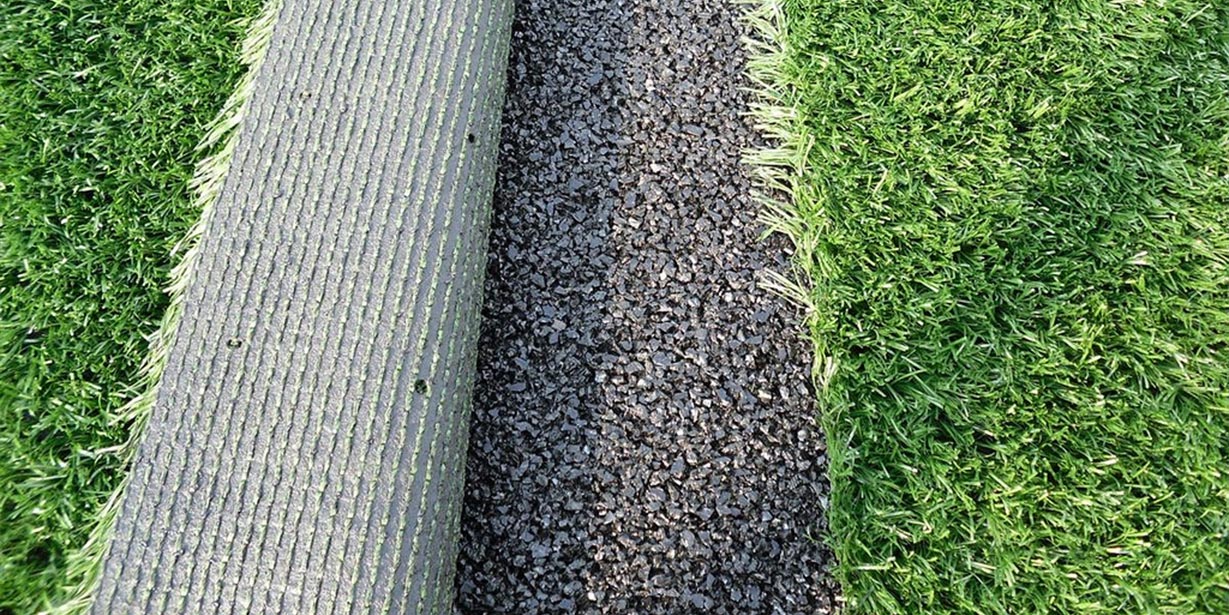
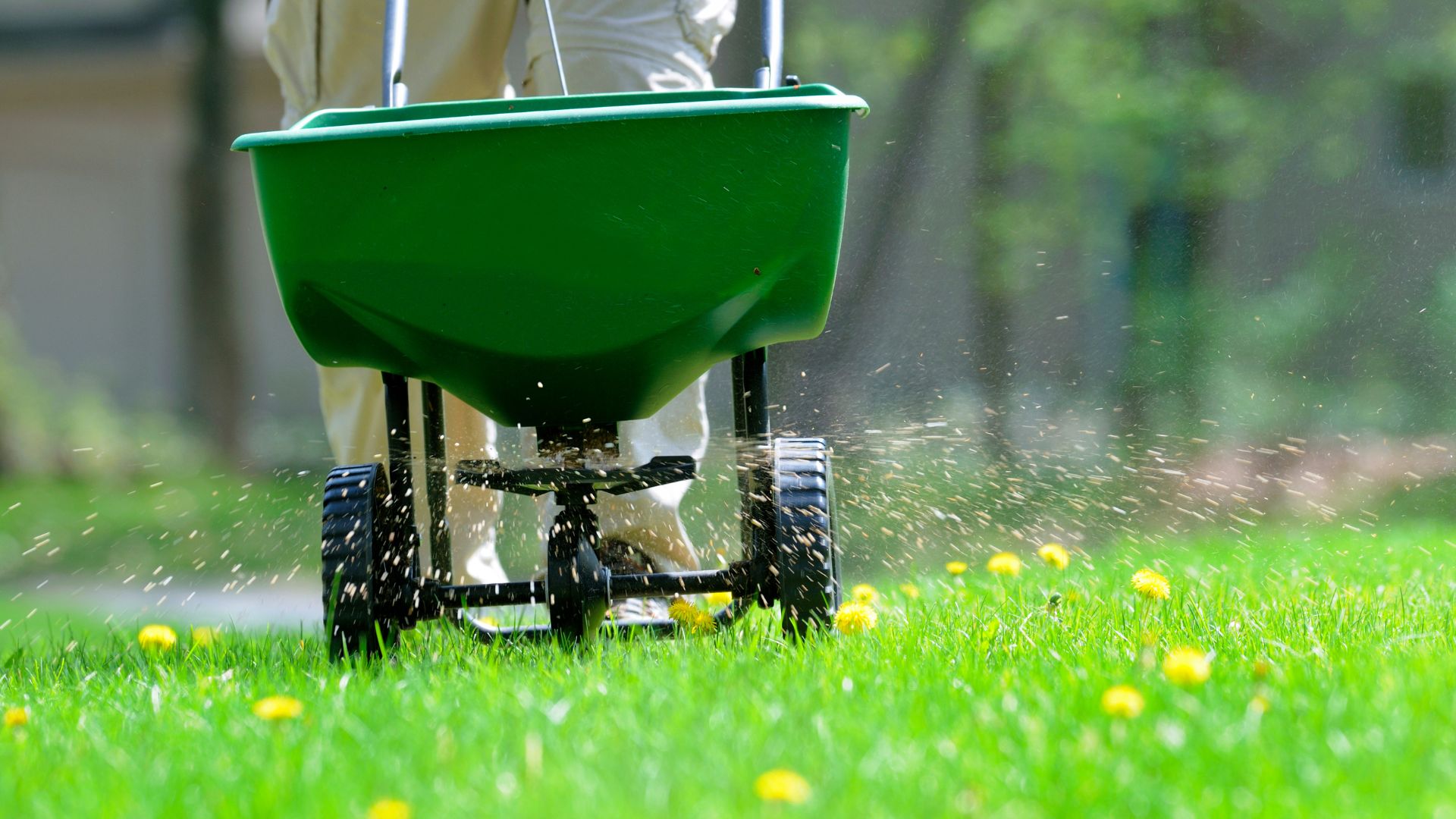
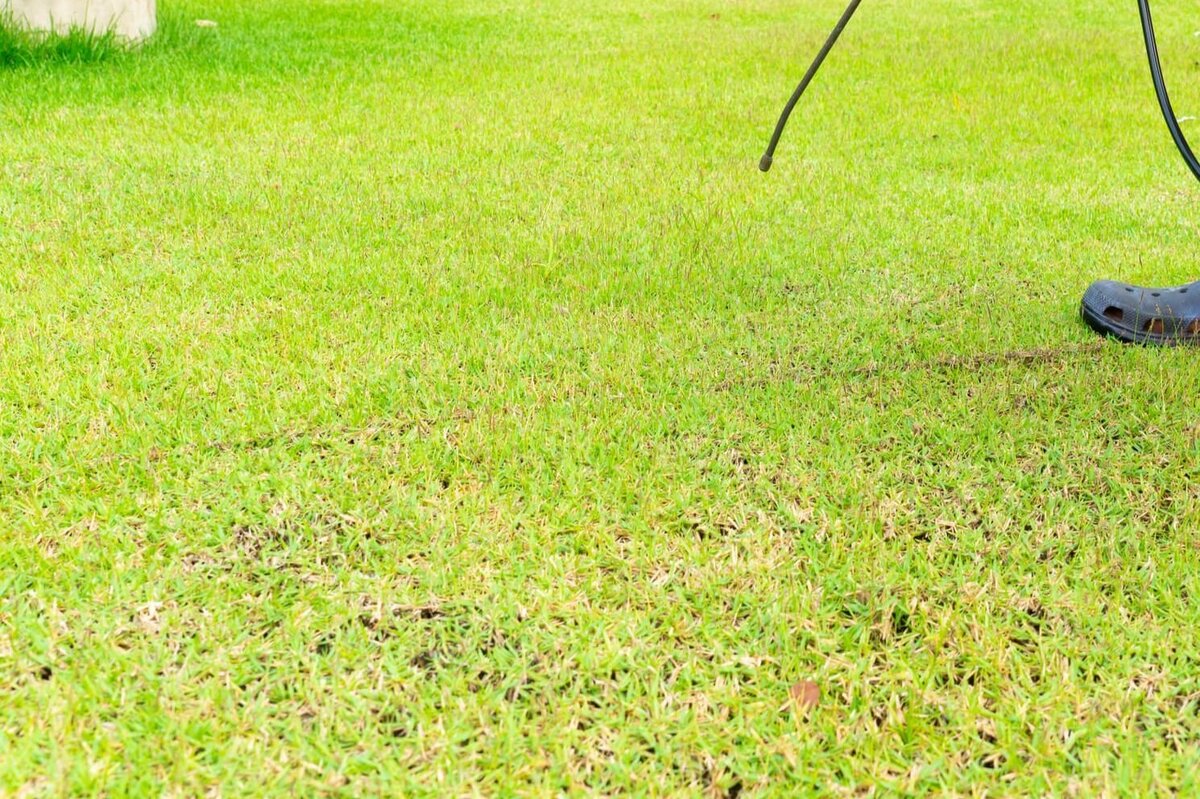
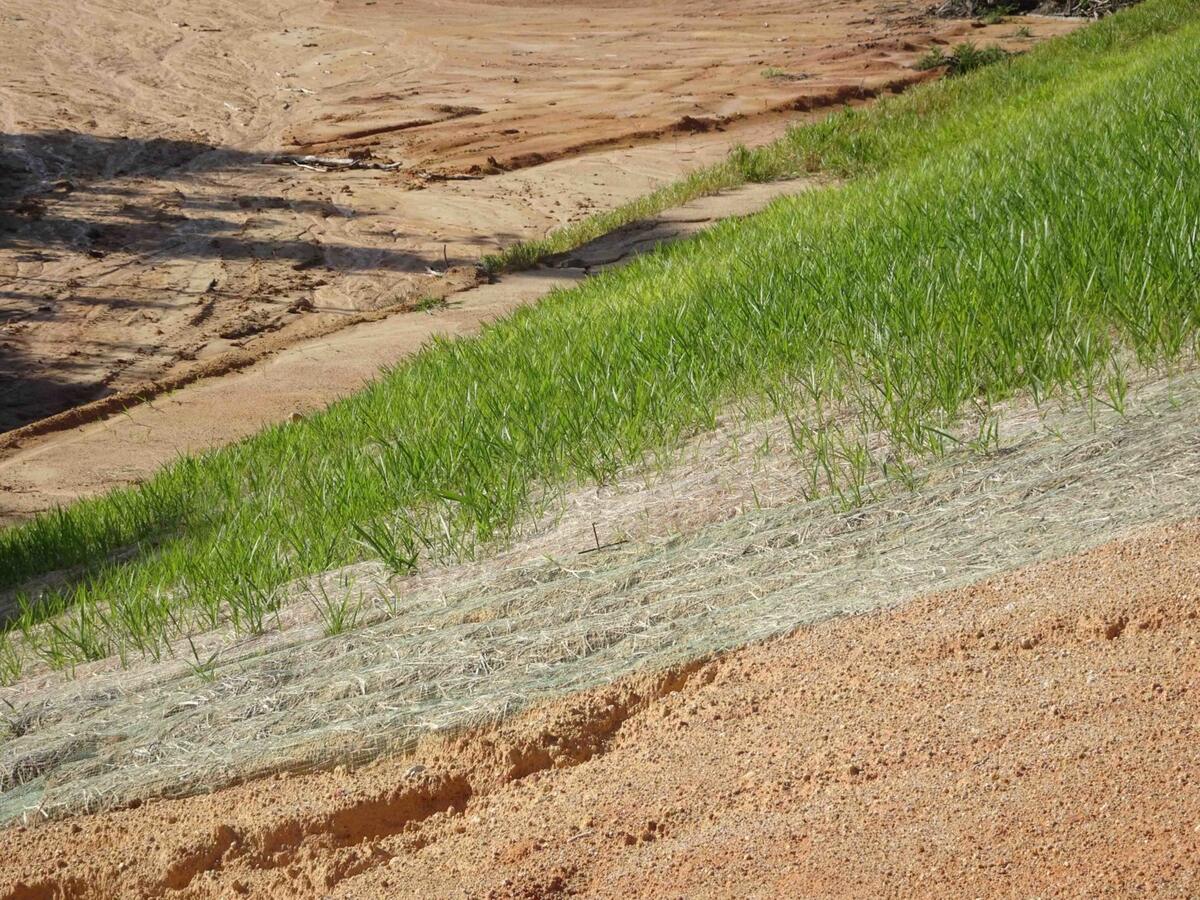

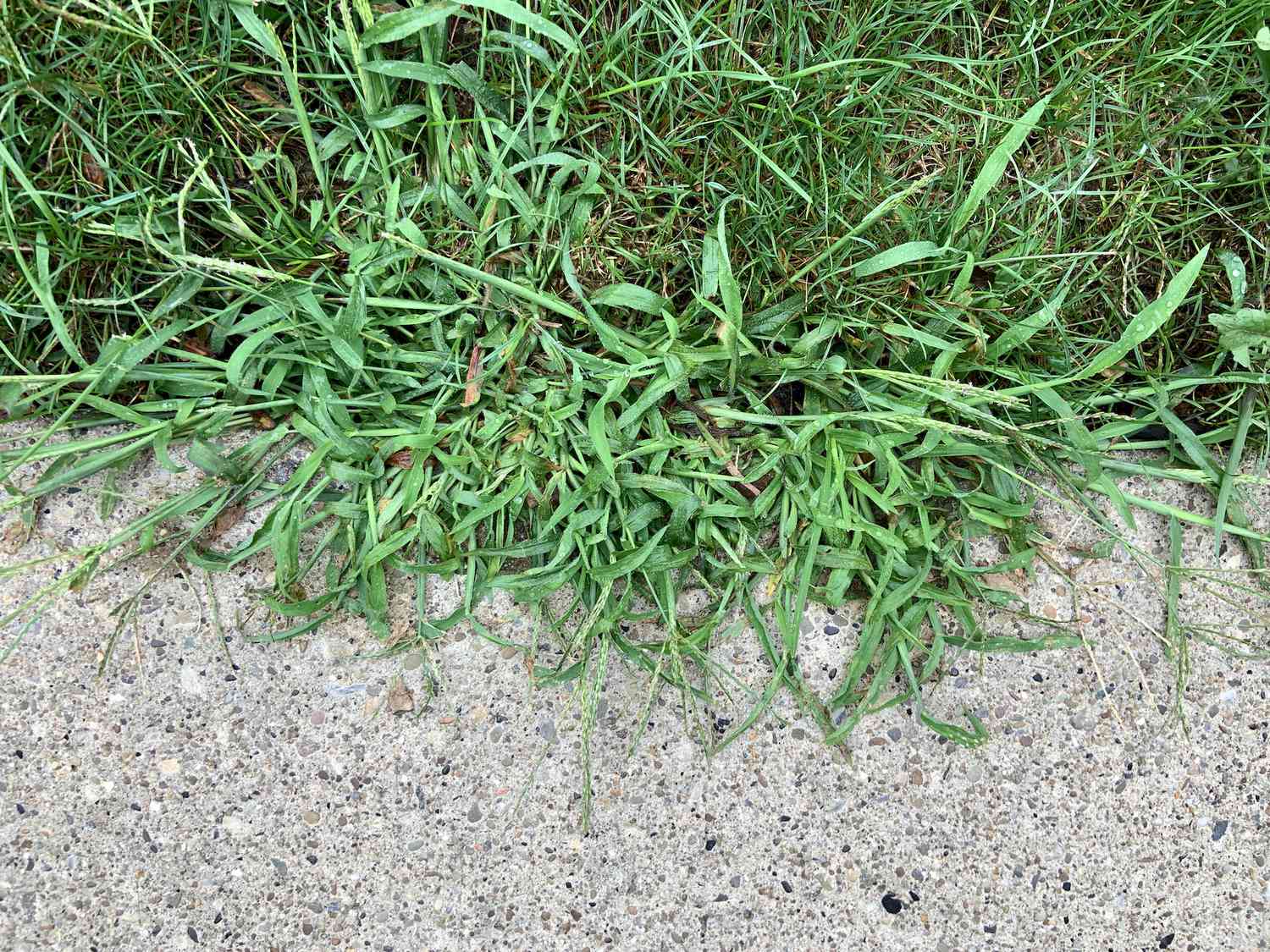
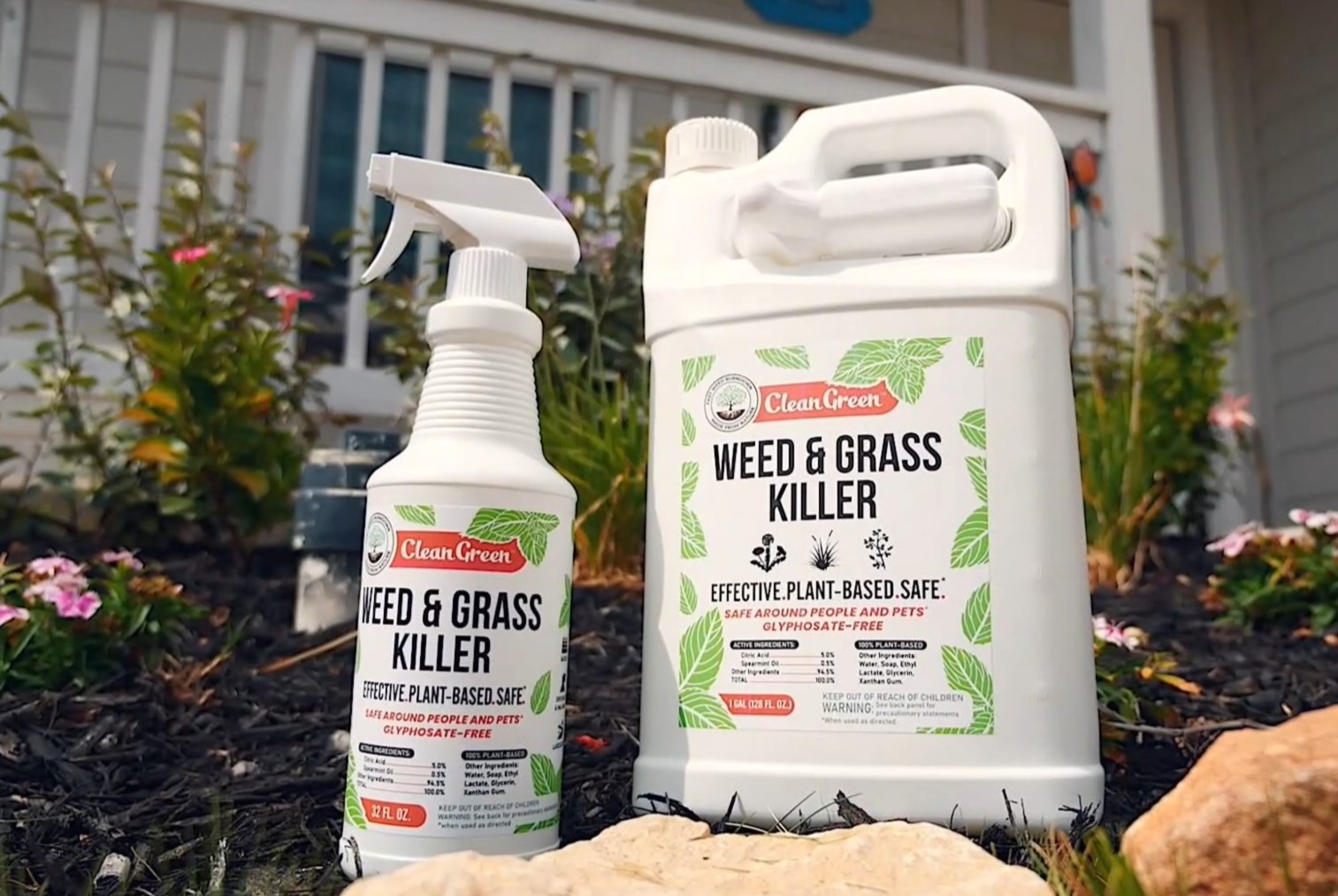
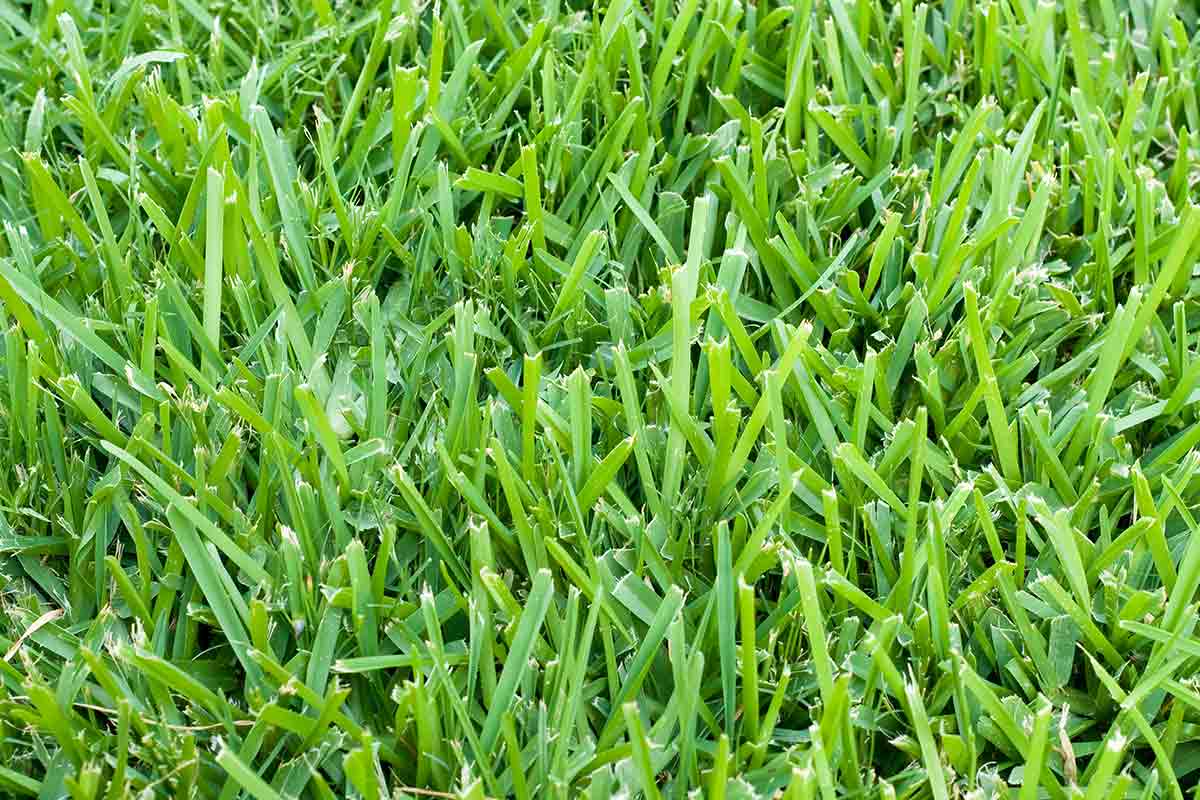


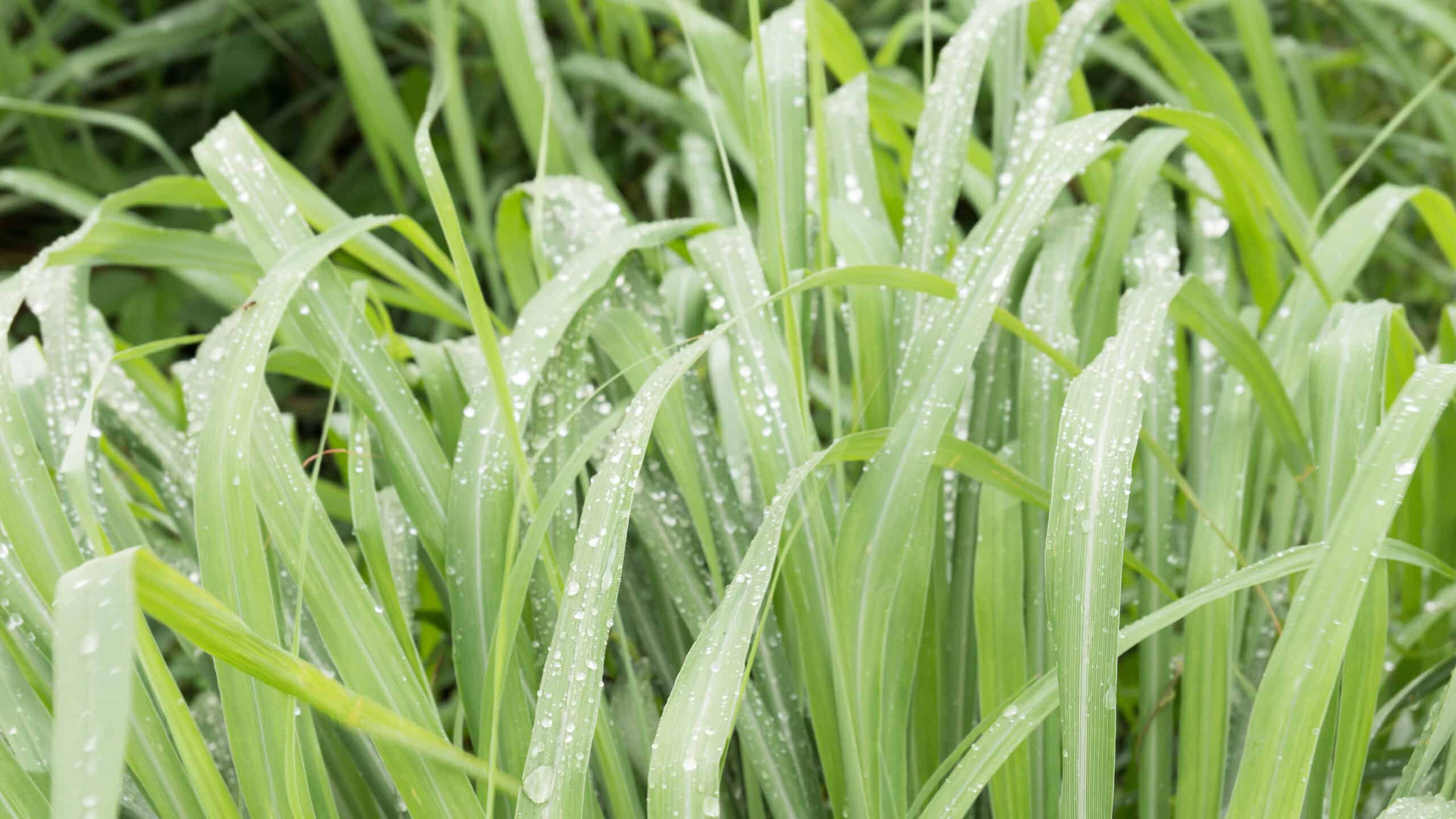

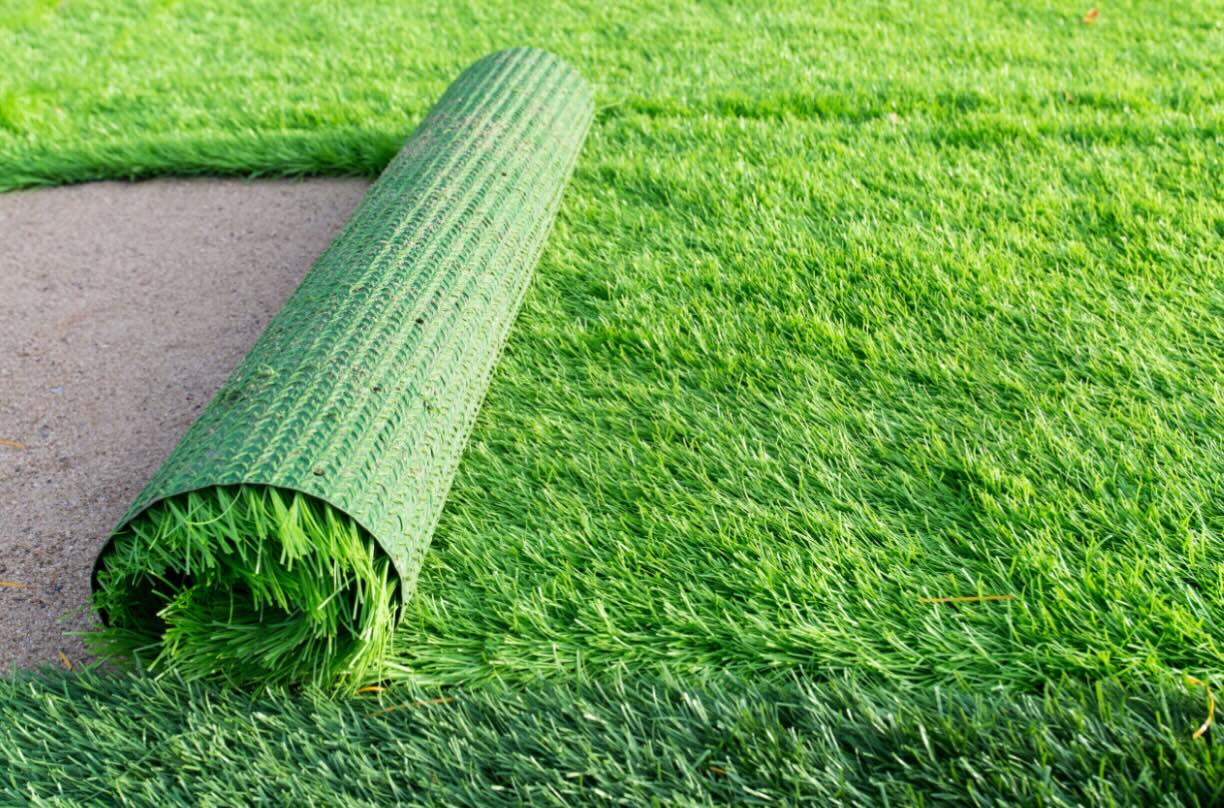

0 thoughts on “What Herbicides Should Be Used To Control Turf Grass Weeds?”